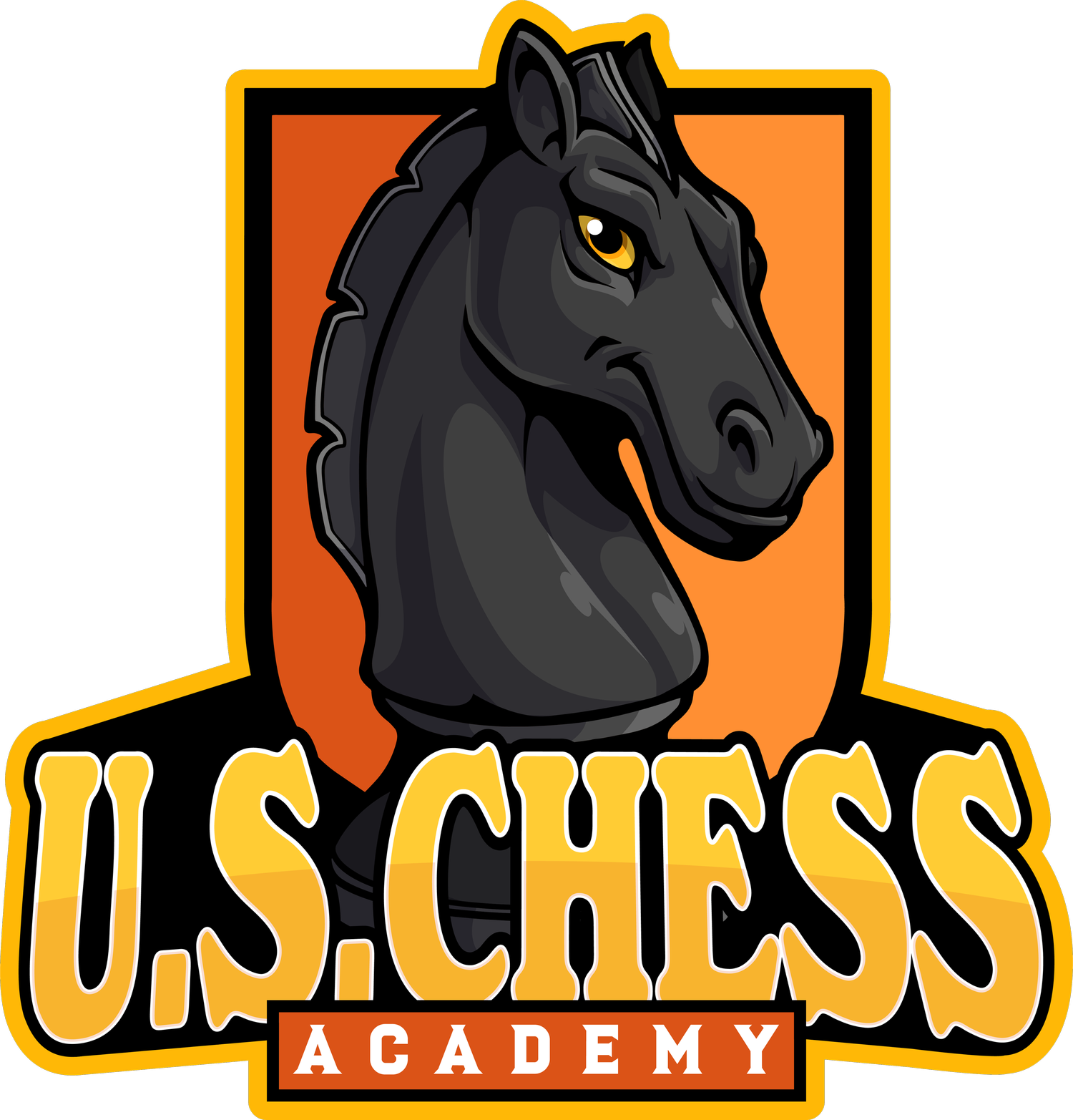Uncovering the Secrets of Chess Endgames: Essential Techniques for Victory
Chess endgames are a critical aspect of the game, often deciding the outcome in hard-fought battles. Filled with subtle complexities and tactical nuances, mastering endgame techniques can dramatically elevate your overall chess performance.
A well-executed endgame plan can make the difference between winning a seemingly drawn position or losing a winning one. As the board empties and the number of pieces dwindles, precise calculation, technique, and an understanding of fundamental endgame principles become key to securing victory. By immersing yourself in the study of essential endgame concepts, you not only develop a more profound appreciation for the game's multifaceted nature but also unlock invaluable tools to outmaneuver your opponents in the final stages of battle.
At United States Chess Academy, we offer diverse chess programs tailored to address every chess enthusiast's needs. Our personalized coaching, engaging group lessons, and enjoyable chess tournaments are designed to enhance your understanding of the game's deeper aspects, including the pivotal endgame phase. In this informative and educational blog post, we will unveil the secrets of chess endgames, offering practical advice, techniques, and strategies aimed at sharpening your skills and leading you to victory.
Understanding Key Endgame Principles: Opposition, Zugzwang, and Fortresses
A strong foundation in essential endgame principles allows you to apply effective techniques and strategies in various situations. Familiarizing yourself with concepts such as opposition, zugzwang, and fortresses is instrumental in ensuring accurate play during the endgame. Let's explore these critical principles:
Opposition refers to the strategic situation where the kings stand on the same rank, file, or diagonal, separated by an odd number of squares. Gaining the opposition can be crucial, particularly in king and pawn endgames, as it restricts the opponent's king movement. Properly utilizing opposition can result in promoting a pawn or achieving a draw in seemingly lost positions.
Zugzwang occurs when a player is forced to make a move that worsens their position. Being aware of zugzwang situations enables you to create opportunities where your opponent has no choice but to concede ground, ultimately leading to winning advantages.
Fortresses are positions in which a player, despite having a material disadvantage, can secure a draw by creating an impenetrable defensive setup. Recognizing and establishing fortresses in your endgames can save you half a point in critical situations.
Techniques for Mastering Pawn Endgames
Pawn endgames are an essential aspect of chess, with even a single pawn determining the game's outcome. Understanding these techniques will dramatically improve your results in pawn endgames:
The Square of the Pawn is an imaginary square formed by counting the squares between the pawn and the promotion square, extending diagonally to the edge of the board. Knowing this concept enables you to determine if the opposing king can prevent a pawn promotion or not.
The Principle of the Outside Passed Pawn involves creating a passed pawn that is farther from the kings. Should the opponent's king chase the pawn, you can utilize your king to target their pawns more effectively.
Essential Rook Endgame Techniques
Rook endgames are the most common in chess, making it vital to acquire the skills needed to play them accurately:
The Lucena Position is a winning rook and king versus king and pawn position that every chess player must master. The critical technique requires proper rook placement, cutting off the enemy king, and using a maneuver referred to as "building a bridge" in order to promote the pawn.
The Philidor Position is a drawing technique that involves a rook attacking an opposing pawn from the sixth rank. Knowing how to achieve the Philidor Position enables you to defend in otherwise challenging scenarios successfully.
Minor Piece Endgames: Bishops and Knights
Minor piece endgames involving bishops and knights have their unique challenges:
Bishop and Pawn Endgames require precise coordination between your king, bishop, and pawn to ensure successful promotion. Key techniques for this endgame include controlling the long diagonals, supporting your own pawn with the bishop, and preventing opposing pawn promotions.
Knight Endgames include cases where at least one player has a knight and one or more pawns. Understanding the strengths and limitations of knights is crucial, as they are less versatile than bishops when facing distant pawns.
Conquer Your Chess Opponents by Mastering Essential Endgame Techniques
Investing time and effort into mastering the art of chess endgames significantly impacts your overall chess performance. By understanding key endgame principles and mastering techniques for various endgame types, you will gain the ability to turn seemingly drawn or lost positions into hard-earned victories.
Dive deeper into the fascinating world of chess endgames and improve your gameplay exponentially with the best chess online classes offered by the United States Chess Academy. Our personalized coaching, interactive group lessons, and exhilarating chess tournaments will propel your growth and sharpen your skills, supporting your journey toward achieving chess supremacy. Contact us today.

